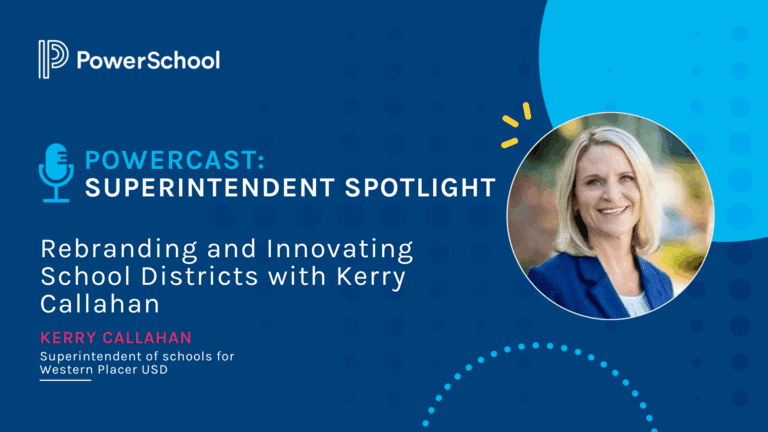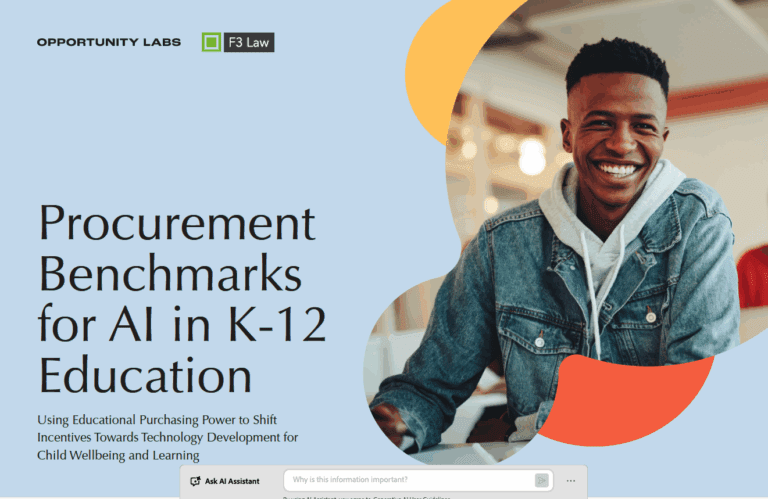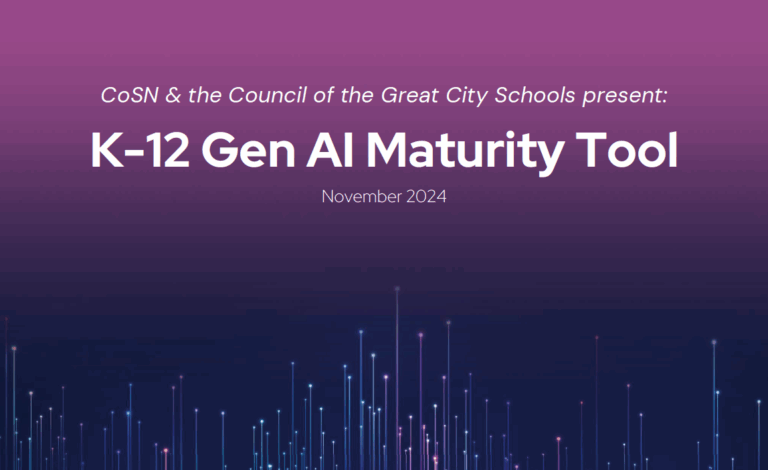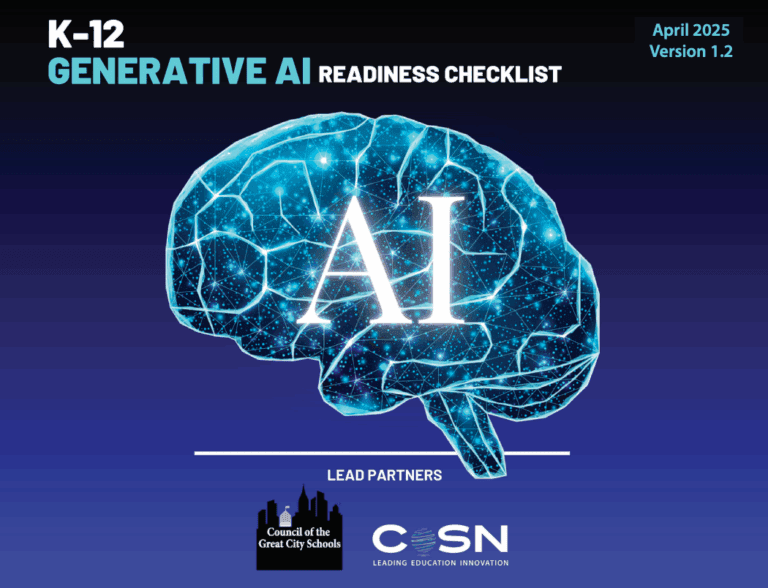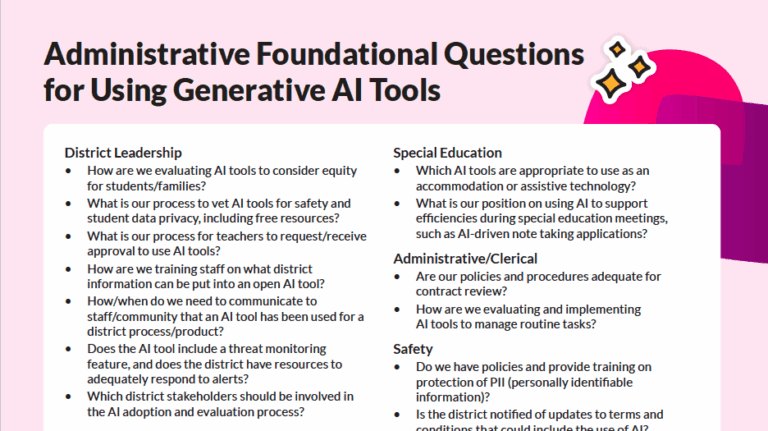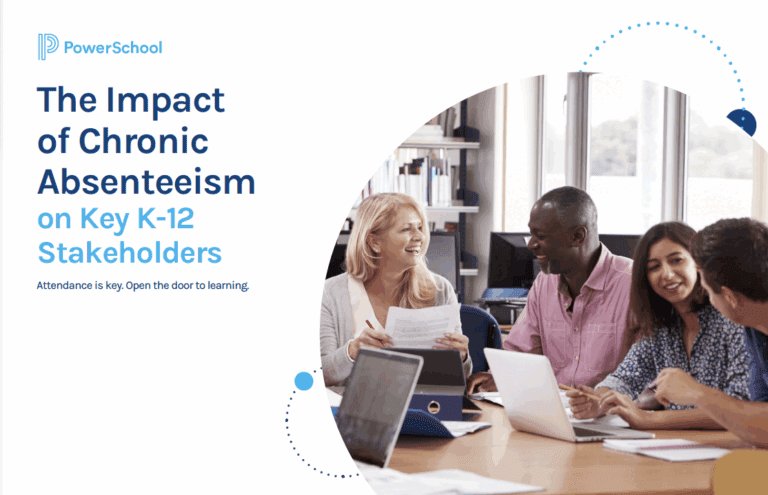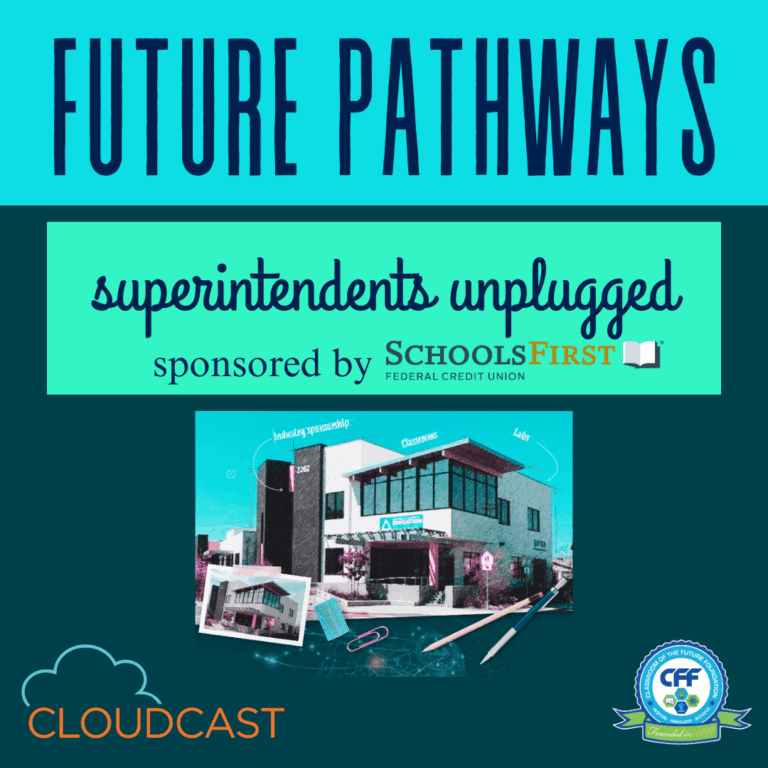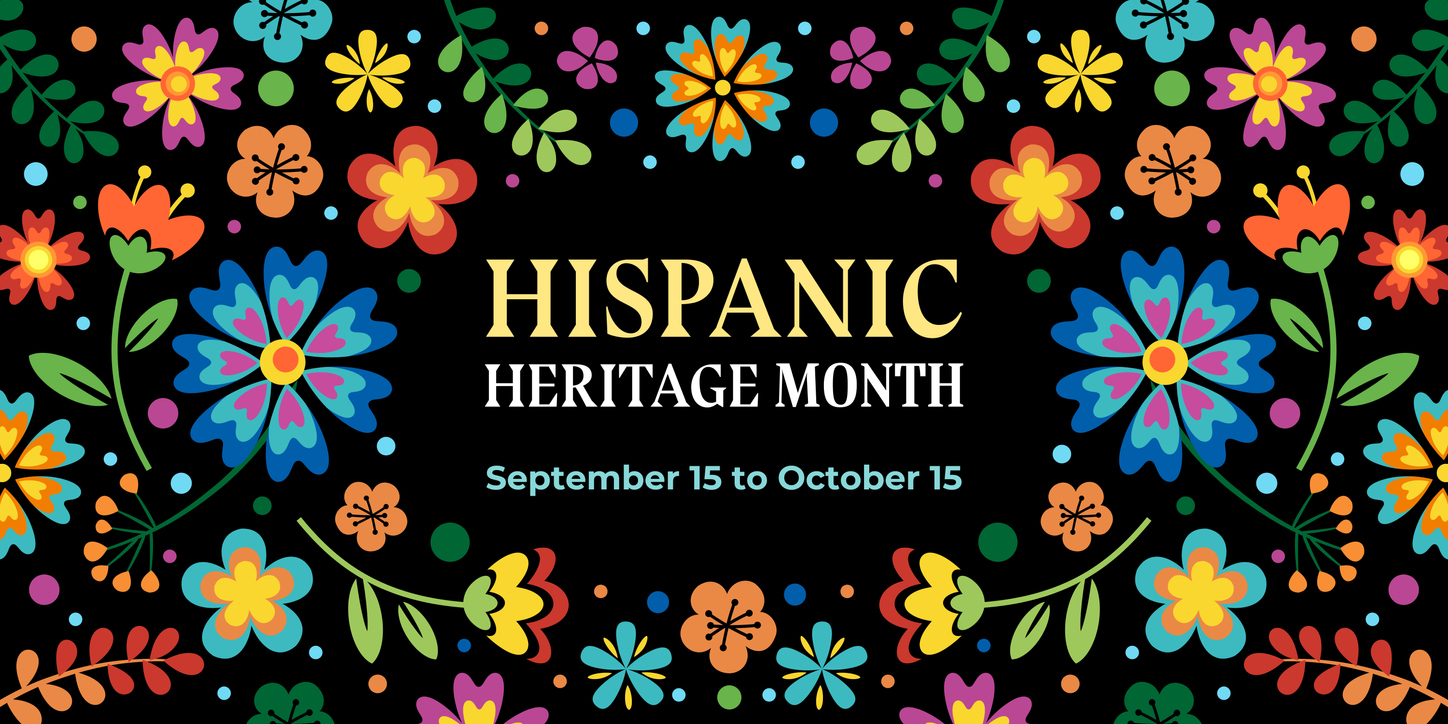The following was written by Rosa Guerra, Ed.D., director of MTSS & Interventions in Garvey School District. It originally appeared in the January/February 2023 issue of Leadership magazine.
The school year holds many opportunities to engage our parents beyond the one time events planned throughout the year. We have all experienced the disappointment of planning a workshop, a socialization activity, preparing for open houses, or scheduling parent conferences and not having the turnout or engagement that we had hoped. How do we keep our parents engaged throughout the year, so that they can take advantage of the resources we offer and we can cultivate a true partnership?
We know that Maslow’s Hierarchy of Needs tells us that if basic survival needs are not met, a person is unable to attain self-actualization or transcendence. In the last two and a half years, our families have experienced a series of life-altering events, a shared trauma that continues to be the on-going pandemic, caring for sick family members and extended family, loss of friends and loved ones, job loss, moving/relocation of residence whether temporarily or permanently, inflation and so many other stress-inducing experiences. It is no surprise that their focus has been on getting their basic needs met. However, it is also true that it has become challenging to connect with and keep our parents engaged throughout the school year to support students and be true partners with their child’s teachers and within our schools or programs. It is understandable within the context of the global pandemic that we continue to experience and the ensuing economic realities that have negatively impacted our families. Our parents truly deserve recognition for what they have been able to accomplish during these challenging times, in spite of it all, as do our dedicated staff who have continued to serve our students despite their own personal challenges.
We understand the importance of having a whole child and whole family approach, therefore our priority continues to be to find ways to include and engage our families so that we may achieve the school readiness outcomes for our littlest learners, and ensure successful outcomes in their educational journey, while also strengthening families so that they may reach their family goals. So, where do we start?
Trust – The foundation of any relationship
Essentially, we are asking our families to trust us with their child, their child’s education, their child’s well-being. How do we build trusting relationships? We follow through and keep our word. We check-in and don’t assume. We take time to get to know each other and make time and put in the effort to get to know children and families by name and need. We find out what goals, hopes and dreams they have for their child and for themselves and we work together to help them achieve those goals. We give timely and accurate information, whether on the phone or in our handouts and flyers. Our office and staff are well-informed and provide accurate information and are friendly and empathetic. They understand their role in ensuring that they provide excellent customer service. These are basics, but they go a long way to building trust and being attuned to how to best serve our families. Trust is built one person at a time, one interaction at a time and over a period of time. We build individual and organizational trust one interaction at a time and this then, builds the public trust.
Meeting the Need – Access to Resources
We need to ask parents what their goals are for their children and for themselves. Based on these goals, we can mobilize our program, school and community resources and plan accordingly to be as responsive as possible. Helping to build strong families must be a core of our programs and schools. Ensuring access to a high quality early childhood education program that includes toddler care, preschool and beyond is key as our families seek to further their own goals. In addition, actively seeking out and forming relationships with community partners that can best meet the needs of families whether through medical care, mental health services can make a difference in the lives of our families. These types of community resources are essential in supporting our families as they work towards their own individual goals and improved outcomes.
We need to make these resources available and inform our families about what is available to them. We can form collaboratives within our community. Create a collaborative and meet monthly (EDD, SS, HUD, social worker, Mental Health, WIC, Regional Center, philanthropic foundations, faith-based groups, ESL classes for parents, tech classes for parents, partnerships with colleges, family coaches, transportation). We can start by having our parents identify barriers they encounter and search out services and programs that might be able to partner with us. In order to meet the needs of our students, we need to meet the needs of our parents and families. It is a whole child/whole family approach to engaging our families that will strengthen our communities and ties to our families and programs. It really does take a village to be able to meet the needs of our community.

Ask, don’t assume
We need to ask parents what they need to support their children. The responses will vary, and are often obvious and predictable, but we need to make sure that parent input is being actively solicited, acknowledged and acted on. Developing parent surveys and analyzing data is important in ensuring that we are giving a voice to our families and understanding the barriers and needs they experience. We are far better equipped to support families and manage resources when we obtain input from our families. We also have the Parent, Family and Community Engagement Framework that outlines elements for a strong program with parent engagement as our aim. Each of these areas can be a focus for upcoming parent workshops and training. We know that parents have questions about setting appropriate boundaries, and about a child’s developmental milestones, and stages of growth, or how to support literacy and math at home and transitions. There are online resources and printable checklists already available online for you to send out to families regarding developmental milestones.
These topics along with workshops where families can learn about governance, leadership and advocacy can empower our families to be involved. The standard stand alone parent workshop or parent training may no longer be sufficient to meet the needs of our families. We may want to consider offering a series that builds on the previous information provided and re-branding the “parent workshop” to “parent university” that provides brief, but informative, pre-recorded videos that support families in a variety of topics such as the importance of parent involvement and engagement and the impact on their child’s efficacy, achievement and self-esteem or explaining ways for parents to engage and participate within our schools and programs. Also, providing opportunities for our parents to connect with various services, resources and community partners within the training or workshop is a way to bring an added value approach to the time they are able to dedicate to being involved and engaged in school matters. See this example from NYC.
We need to inform parents with plenty of time of upcoming opportunities for them to engage with our programs and provide details regarding the event. Families need to know how they might participate with enough notice so they can have plenty of time to plan their schedules accordingly. They need to know the purpose and what the intended outcome will be (i.e. grow in advocacy strategies, participate in shared governance and oversight of the program or school, engage with other parents to provide input on parent engagement plan, learn foundational reading strategies to support literacy, etc.). We often provide information about upcoming meetings, but do not provide the context or purpose or even frequency of those meetings and who should attend. Most of our meetings and offerings are regular occurrences that we assume parents should know that all parents are invited to attend and that they will find some benefit from having participated, but it is an assumption and there is a communication gap that needs to be filled by the school to ensure that it connects with our intended audience and to explain its relevance. In addition, taking the time to invite parents personally, whether by telephone or during morning drop off or after school pick up should not be underestimated. There is a difference between sending out the information to our families and actually having a personal conversation with our families inviting them to attend. The personal touch does go a long way and makes a difference! When asked why a parent actually attended a meeting, a standard reply is often, “The teacher asked me to, or the principal called me.” It is also respectful and lowers the affective filter for those families who may not be as comfortable with engaging with our schools or programs.
Just in time access
Parent academies and parent universities can be a way to provide just-in-time information to our families on a variety of topics. Through surveys and parent input, we can garner information as to topics that may be of interest to our families. Parents often express that they are eager to learn more about how to best support their children’s learning at home. They are interested in learning about their children and their various milestones. They want to know what is typical in terms of speech and language acquisition, or in cognitive development. Providing valuable information that is accessible to them throughout the year, whether in person or accessible to them online via our websites so that the information is readily available when parents have the opportunity or need, can be a way to foster engagement. This can be a proactive way to reach all families, but especially those who are unable to attend our workshops, trainings or other offerings. Families appreciate the information and want to support their children through the strategies, games and activities that they can use at home to support their child in their learning but want access during a time that works best for their schedules and busy lives. Our websites need to become a “go-to” repository of information and resources that families can access asynchronously, when needed.
Building a community with technology
The last few years have been intense and have truly stretched all of us! Students, parents and teaching staff have moved out of their comfort zones to embrace technology to support instruction and learning. Our parents have grown their skills and added to their toolbox as they have supported their children with learning and technology from home via connected learning/distance virtual learning and accessing online resources.
We all understand the importance of in-person, face-to-face interactions in building connection and community, however we have also found that technology can enhance these interactions. We can build a sense of community using programs such as Class Dojo that are free and serve to help us disseminate information, highlight and showcase students or families, and provide easy access to principals, directors, teachers and parents through email. This program also has built-in translation and it translates the message for the reader in their preferred language. As we work towards overcoming barriers to engagement, communication, and trust, we need to take advantage of all that technology can offer that supports us in our goal of engaging families. Applications such as Remind can help us send group texts and keep our families informed of important events in a timely manner. Programs such as these can help us stay connected and build a virtual community engagement that we trust will help in bringing about the in-person and active engagement that we strive to create within our communities and families. If language is a communication barrier, there are other technological devices that can assist with translation, whether it is through Google Translate, or a hand-held translator, or a translating pen that can be used by a parent to have translate written material.
These devices can help us with communicating with our families in real-time, especially when we may not have staff readily available who speak the language.
Having a plan and working the plan
We need to have a parent engagement plan that we revisit regularly. The best of intentions will not effectively serve our communities, if we have not intentionally brought in the voices of our parents and staff, analyze our data, identify goals and objectives we would like to improve upon, and assign staff that will be accountable to work towards achieving those goals. When we brainstorm with our teams, we open up a world of possibilities and together, we are able to problem solve. Through the cycle of continuous improvement, we work together to identify needs, brainstorm, solicit input and co-create solutions that can best meet the identified needs. Setting high expectations and goals for ourselves and our families, along with the allocation of the resources needed to achieve those goals will create the conditions for success. Nothing great happens without intention, and without a plan. Here are two examples of a parent engagement plan available online: Albuquerque Public Schools and Mt. Vernon Elementary.
Measuring Progress
We need to have a common understanding of what the end goal or outcome looks like and agree to evaluate ourselves and our progress. Rubrics can be useful in informing our progress and next steps. Developing a rubric together with our various stakeholders can lead to valuable insights, clarity and inform our plan. As part of this process, establishing clear timelines for revisiting and reviewing progress is essential. In this way, the plan is not forgotten and stored away, rather it is constantly revisited and we are engaging all of our stakeholders in the important conversation and problem-solving sessions as challenges arise and in this way, we are able to make needed and timely adjustments. Here is an example of a rubric available online.
Shared Accountability
The execution and success of the plan is not just one person’s responsibility. It is a collective responsibility. We agree to shared accountability. The success of the plan is everyone’s success, and in the same vein, the team is accountable when we do not reach our intended outcome. Falling short of the goal is not a failure if we have been working together throughout the year and we have all been responsive to the needs of our stakeholders and have implemented the plan as close to fidelity as possible. Even best laid out plans do not always yield the desired results, however, it is when the plan has been forgotten, and not “worked upon” that questions need to be asked as to how the plan was monitored, who was responsible for a particular action and by when, what support or resources are needed and by whom, what does success look like and agree upon the frequency of progress monitoring meetings. These are important accountability steps that must be part of our intention to increase parent engagement and involvement.
Stay resilient in the face of challenges
We need to stay resilient despite the challenges and sometimes, disappointments. Even with the best of intentions and well articulated and implemented plans, we may not be able to engage all families or bring about the involvement we seek. However, it is important to keep in mind the successes and the many families who have been positively impacted through your efforts and the collective efforts of the school community or program. This is what continues to motivate us day in and day out as we follow up with yet another personal telephone call, or wait for the parent at the classroom door before or after school, and as we send another flyer or letter home. Providing our families with the support and resources they need and having them see us as caring professionals who are committed to serve and committed to being spokespersons for our programs, organizations and advocates for our students, families and communities, will inevitably increase interest and engagement.
The techniques and strategies we have used in the past work for some, but not all. Realizing that no matter what we try, it will not work for all is likely the first step because it helps us understand that not one size fits all, and that we truly do need to differentiate our approach. Sending home flyers, automated telephone calls and highlighting the information on our marquee are all good practices and should not be discontinued. Instead, we need to ask: Who are we not seeing at our events and why? What do we need to do to make sure they are able to attend? If they cannot attend, how can we make the information accessible? How do we empower families to overcome challenges, meet their goals, and be the best caregivers that they can be for their children? How do we support families and caregivers to support them in the greatest of challenges that impact their children? What else can we do? What is an outside of the box idea we can try? What we have always done is great, but it isn’t enough. We have to do all of that and more, regularly and with gusto! It is a call for continued action as we continue to strive to strengthen our practices and engage all families so that they can thrive and be advocates for their children as they support them through their academic journey.
Our families were faced with so many difficult decisions and challenges. They have many competing priorities. We know they love their children and want the best for them. We also know that we will need to continue to be innovative and persistent as we work towards re-engaging our families and having them be actively involved in our programs and schools. to participate in the various options available for families to fully participate in and take full benefit to maximize all that our schools and our programs have to offer.
While these strategies are not revolutionary, they are impactful when used systematically, and relentlessly.
Dr. Rosa Guerra was born and raised in the Pico-Union neighborhood of Los Angeles. Dr. Guerra began her career in education in 1994. She is a former Director of Child Development and is currently Director of MTSS and Interventions PK-8. She has taught graduate students as an adjunct professor for Point Loma of the Nazarene University. She holds a doctoral (Ed.D.) degree in Educational Leadership from Azusa Pacific University. Dr. Guerra serves on the Board for the Center for Leadership, Equity and Research (CLEAR) and as Director of the Social Justice Leadership Mentoring with CLEAR, and is a facilitator/presenter with PRAXIS, Lead, Equity. Dr. Guerra is committed to social justice and enjoys presenting on topics that include mentoring, parent engagement, MTSS & Interventions, cultural proficiency and equity, among other topics. She serves as an ACSA Region 15 Member-at-Large/Membership and a Vice President of Programs for the ACSA NWSGV charter, and is the ALAS Networking & Knowledge Mobilization Committee Chair.










